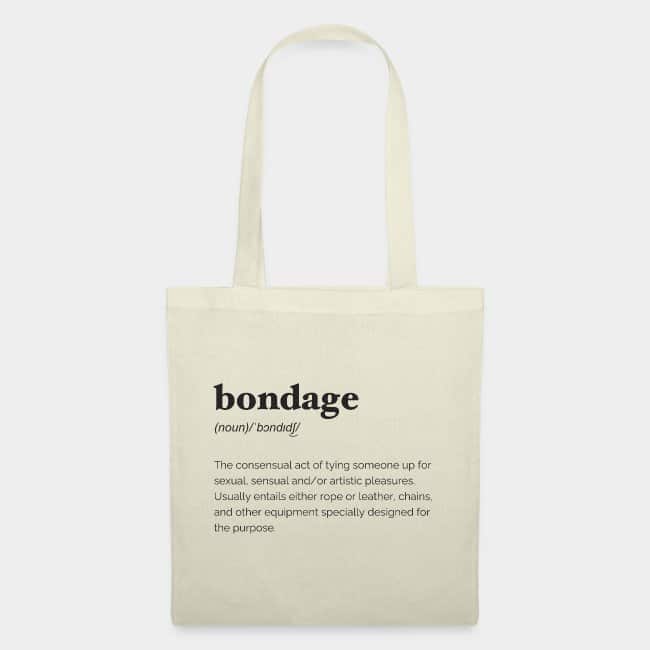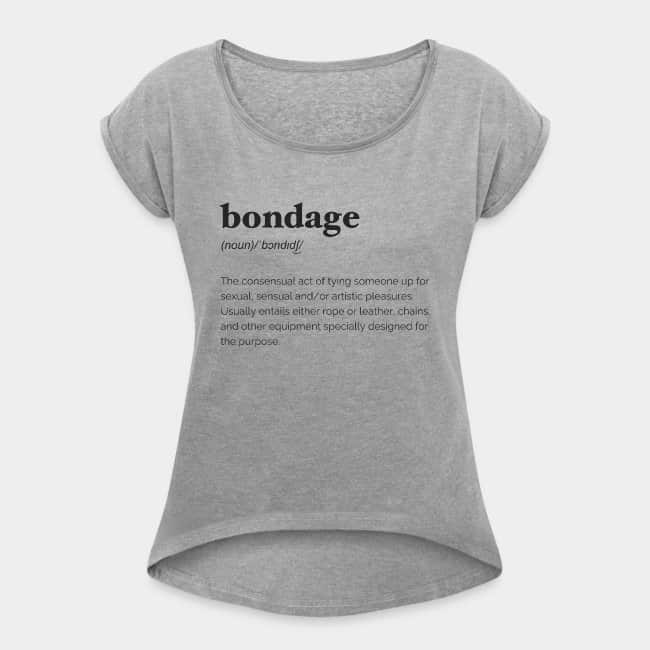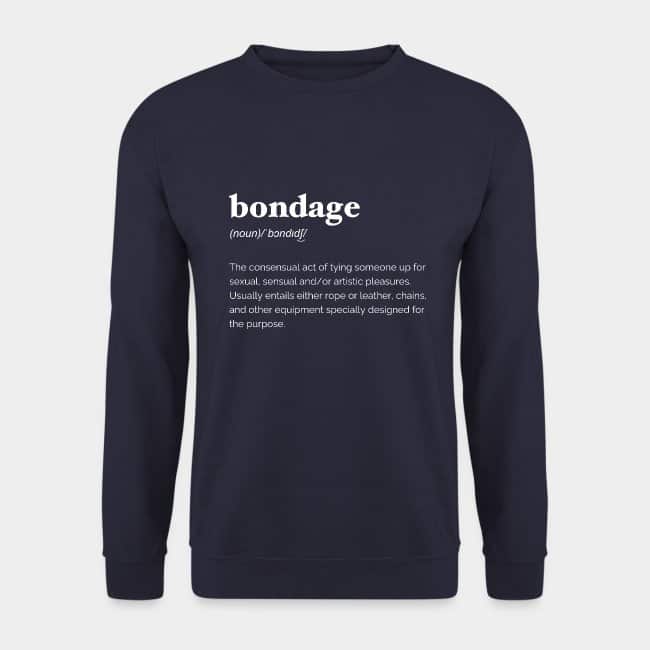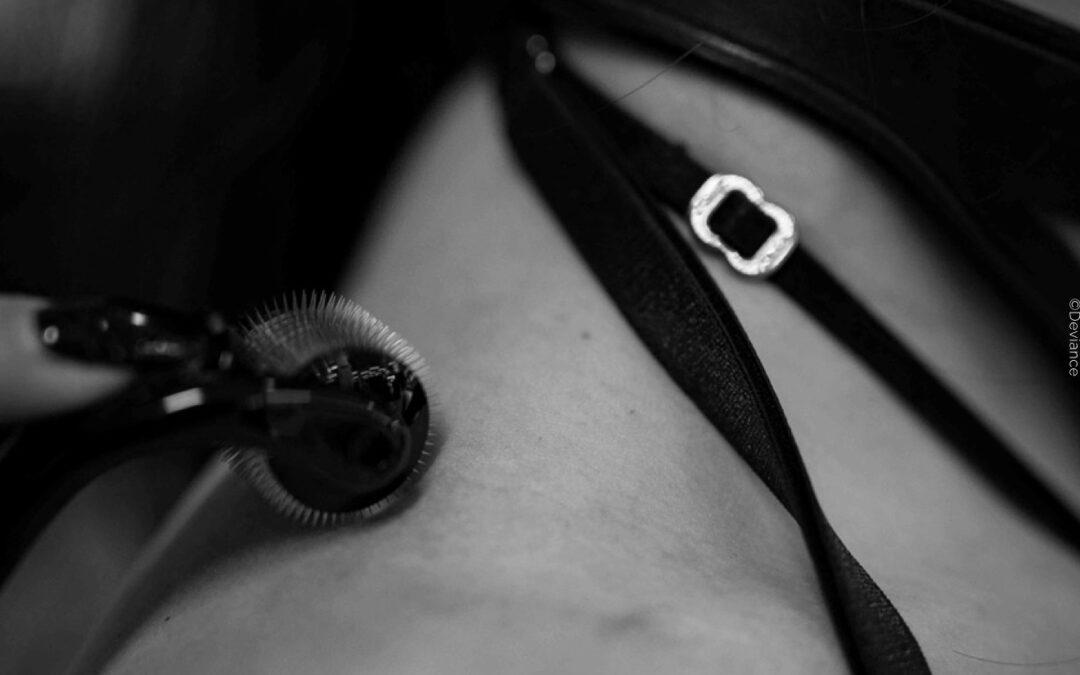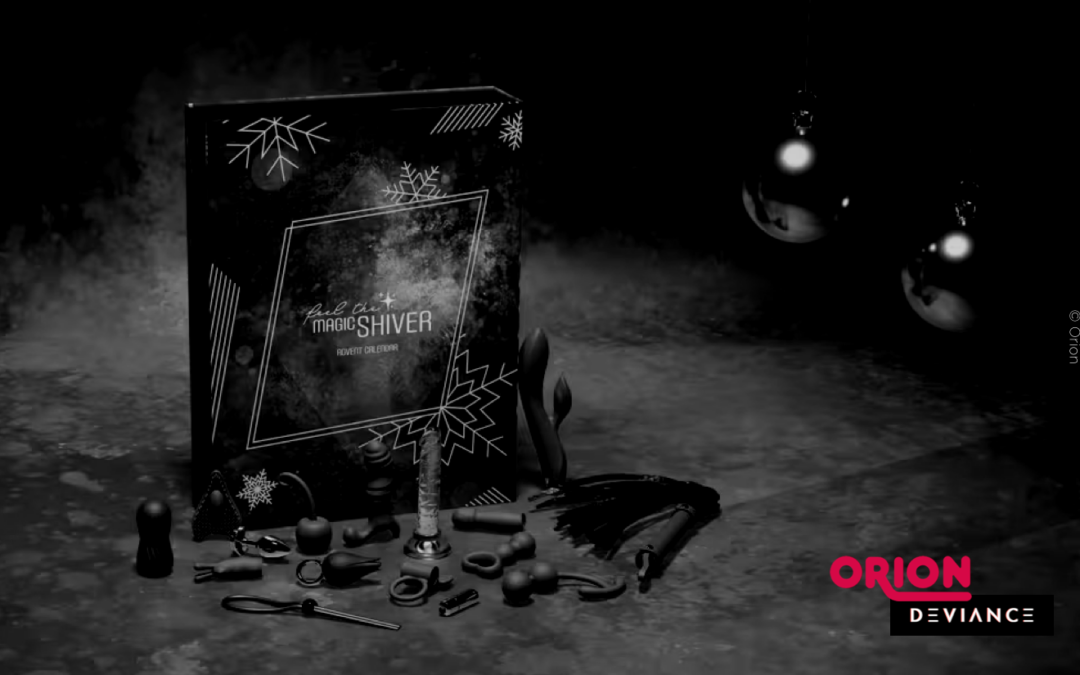What does bondage mean?
Bondage is a subset of the complex acronym BDSM and, in a sexual context, refers to erotic play in which someone is restrained from moving freely in some form or fashion. Bondage games can be a psychological play element. An example is so-called “obedience bondage,” in which a submissive person assumes a position after receiving a command from a dominant partner and in which no physical restraints are involved. However, most bondage practices are physical and can include everything from silk scarves and cuffs to handcuffs, ankle cuffs and bondage tape to ropes and elaborate bondage sets.
The most well-known is rope bondage, i.e. bondage with ropes. The artistic variant of this is called shibari, which developed from a Japanese military bondage technique called Hojojutsu. In Japan, the word kinbaku is used for what we in Europe call shibari, which is also often used in connection with BDSM bondage.
What is the fascination with bondage?
Many people find the restrictive feeling of being tied to be their greatest attraction. The tied person surrenders himself completely to the other person. Not only is it almost impossible for the restrained person to loosen the bonds and he or she is dependent on being freed by the active partner. You can also force yourself to assume and hold different body positions during bondage. For example, positions with arms or legs spread or other positions that make genitals accessible are very popular.
Because of the feeling of being at the mercy, bondage is also often practiced in combination with other BDSM practices that also use whips, blindfolds or other toys.
A special form of bondage in BDSM is binding, a practice in which the blood supply to individual parts of the body is temporarily restricted. Supporters of this practice describe the numbness and the moment of release when the blood flows back as particularly exciting.
For those involved, rope bondage or shibari is also a lot about the aesthetic aspect, peace, deceleration and security. In addition to artistic knots, choosing the right bondage ropes has a special meaning.
What you need to consider when tying up
Tying up body parts can lead to numbness and circulatory problems, or even to bruising or nerve damage. The person being bound should therefore have basic anatomical knowledge in order to avoid these risks. In addition, the tied person must never remain in the room unattended.
This already applies to the simple types of bondage in which the classic handcuffs, cuffs or ankle cuffs made of leather are used, but especially in bondage with ropes it is important that safety aspects are observed. It must be possible to open or cut knots immediately; safety scissors should always be available.
How do I start with bondage?
As always in BDSM, approach it slowly and find out what you like step by step. Many BDSM or sex toy shops have bondage sets especially for beginners, for example to just tie your hands. These sets are usually made of soft materials such as leather and are particularly easy to remove even in the heat of passion.
Those who want to try the more elaborate forms with intricate knots and high-quality ropes should gather sufficient information. For an introduction, there are plenty of helpful tutorials on shibari available in books or on YouTube. These resources cover the basics of bindings, knots, safety aspects, and choosing the right rope. Creators also show how to practice without a partner. Or how about taking a course? Kink educators like Vaegabound, for example, offer online workshops via Zoom.
You’re into bondage? #ExpressYourKink with the items from the Deviance Shop! Here you’ll find a wide selection of everyday clothing, accessories, and decorative items with matching terms and designs.
Do you like what you see? You can find these and many more clearly ambiguous designs on a wide range of products from shirts and tops to sweaters and hoodies, as well as caps and home accessories in the Deviance Shop! #ExpressYourKink
